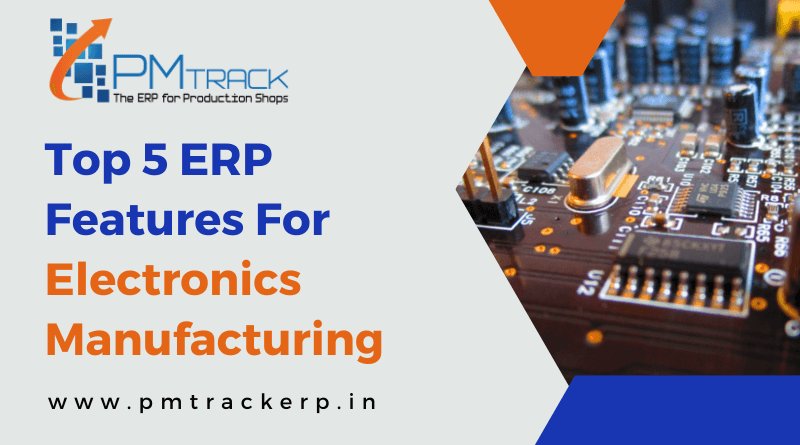Whether you are a low-volume / high-mix electronics equipment manufacturer or a high-volume PCB/PCBA manufacturer, you most likely have some critical requirements in common.
1.Engineering, Product Structures, and Costing
With your complex product structures, the only constant is change. The finished goods and their components – mechanical, electrical, firmware/software, and so on – are routinely revised. You require an ERP system that can support complex product structures with multi-level bills of materials and a strict engineering control process.
Furthermore, in order to support profitable and efficient product design and manufacturing, you must be able to run costing and manufacturing simulations involving alternate components and manufacturing routings.
2.Projects
In ERP, project functionality can be thought of as glue that connects various data and business processes, such as engineering, sales, planning and scheduling, supply chain, warehousing, manufacturing, service, and finance and accounting.
Many engineer-to-order high-tech and electronics manufacturers, particularly those with low volume/high mix, devote significant resources to managing customer-specific orders. It is critical for these companies to manage resources and profitability on a project-by-project basis. Many of the associated activities require project functionality for these businesses to plan, schedule, track, and account for. They can use project invoicing methods (e.g., milestone and percentage of completion billing) and project revenue recognition policies in addition to comparing actual to budgets and estimates on schedule, cost, and profit dimensions.
3.Integrated Inventory management
Inventory management is a critical function that determines the strength of the supply chain as well as the financial strength of the balance sheet. Every organisation strives to keep optimal inventory in order to meet its needs while avoiding excess or deficiency inventory, which can have an impact on financial figures.
Inventory management systems that integrate with ERP systems help you avoid errors and make quick decisions. The ERP system allows for the most efficient inventory stocking methods and helps to improve all internal operations.
Powerful inventory management that seamlessly integrates with everything and tracks every movement of the stocked item. Stock levels are kept up to date in real time so that the sales team never makes a mistake when accepting new orders.
An effective ERP inventory management system reduces overhead and increases efficiency by addressing several common inventory challenges. When inventory management capabilities are added to forecasting, the benefits continue. To protect sensitive electronic components, ERPs provide process visibility.
4.Production planning & resources
The planning module effectively leverages resource usage and production effort. The cloud-based PMTRACK ERP planning module, which is simple to use, can easily track every activity of workers, equipment, products and their components, and relevant resources.
ERP production planning and scheduling take into account all phases and steps relevant to a product. Use our refined planning system designed for electronics and high-tech manufacturing to efficiently schedule input and manage production orders.
Resource planning is defined as a method for planning all resources effectively. It should ideally address operational planning in units, financial planning, and has simulation capability to respond. Converting the production plan or master production schedule into the impact on key resources such as man-hours, machine hours, storage, standard cost dollars, shipping dollars, and inventory levels.
PMTRACK ERP planning software allows you to precisely define your work shifts, including employee leaves and holidays. This gives you an overall view of your available input time based on the defined shifts.
5.Industrial Internet of Things (IoT) and Industry 4.0
Manufacturing execution systems (MES) and production equipment are increasingly being integrated by high-tech and electronics manufacturers’ ERP and EAM (enterprise asset management) software systems. The goal is to create an agile, closed-loop system that can make quick shifts and respond to operating conditions (read our detailed Industry 4.0 guide here and an article on cloud, edge, and fog computing here).
Integration to ERP systems in near real time for material consumption, work order completion, and production schedule changes can help businesses become more operationally responsive. One of our automotive OEM clients, for example, allows customers to configure their cars as they roll down the assembly line! Similarly, tight integration with EAM solutions can assist manufacturers in significantly improving equipment maintenance operations and mitigating the effects of unplanned outages (read our article on predictive maintenance here).
It is critical to consider the functionality of ERP modules for production scheduling, production control, enterprise asset management (EAM), and materials management depending on the functions you want to integrate.
PMTRACK ERP provides the Best ERP solution for the a Electronics manufacturing industry to schedule a free demo, get in touch with our team at info@pmtrackerp.in





















